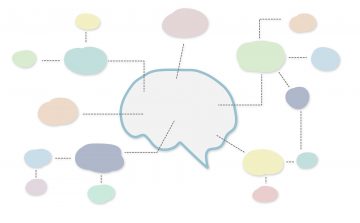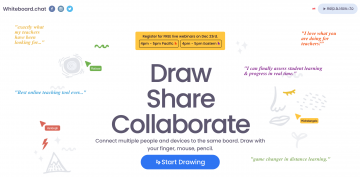Desmos Graphing Calculator
Most secondary math classes require the use of a Ti-84 graphing calculator. However, nowadays there are other online options to produce elegant graphing and math simulations. One of the free, yet still powerful, options is Desmos. Desmos is a free online tool that can make the affordances of a graphing calculator more accessible. It is […]
Mind Maps App
Mindmaps is a concept mapping app that is open-source, totally free and without advertisements. Moreover, the app allows you to build your concept map in your browser and save it in several formats. This is only one tool for creating mind maps or concept maps. To learn more about high tech, low tech and no […]
FNESC
The First Nations Education Steering Committee, or FNESC, is an organization that promotes the incorporation of Indigenous voices into the education system. They also advocates for the well-being of Indigenous students in British Columbia. FNESC offers a variety of Indigenous education resources, including: Resources for English First Peoples Courses Resources for promoting Indigenous languages and […]
Native Land
Native Land is an online, interactive map that maps out the ancestral lands of Indigenous peoples all over the world, specifically in the Americas, Northern Europe and Austronesia. Its “About” page states that it was created in 2015 by a non-Indigenous man named from the Okanagan named Victor Temprano. Right now, Native Land is run […]
Whiteboard Chat
Draw, Share, Collaborate What is it? Whiteboard Chat is a virtual whiteboard for teachers, students, remote colleagues, parents, and kids for collaborative learning. It is free to use, connects up to 100 people to a board simultaneously, and exports boards to PDF. It also enables you to easily observe and teach many user boards at […]






